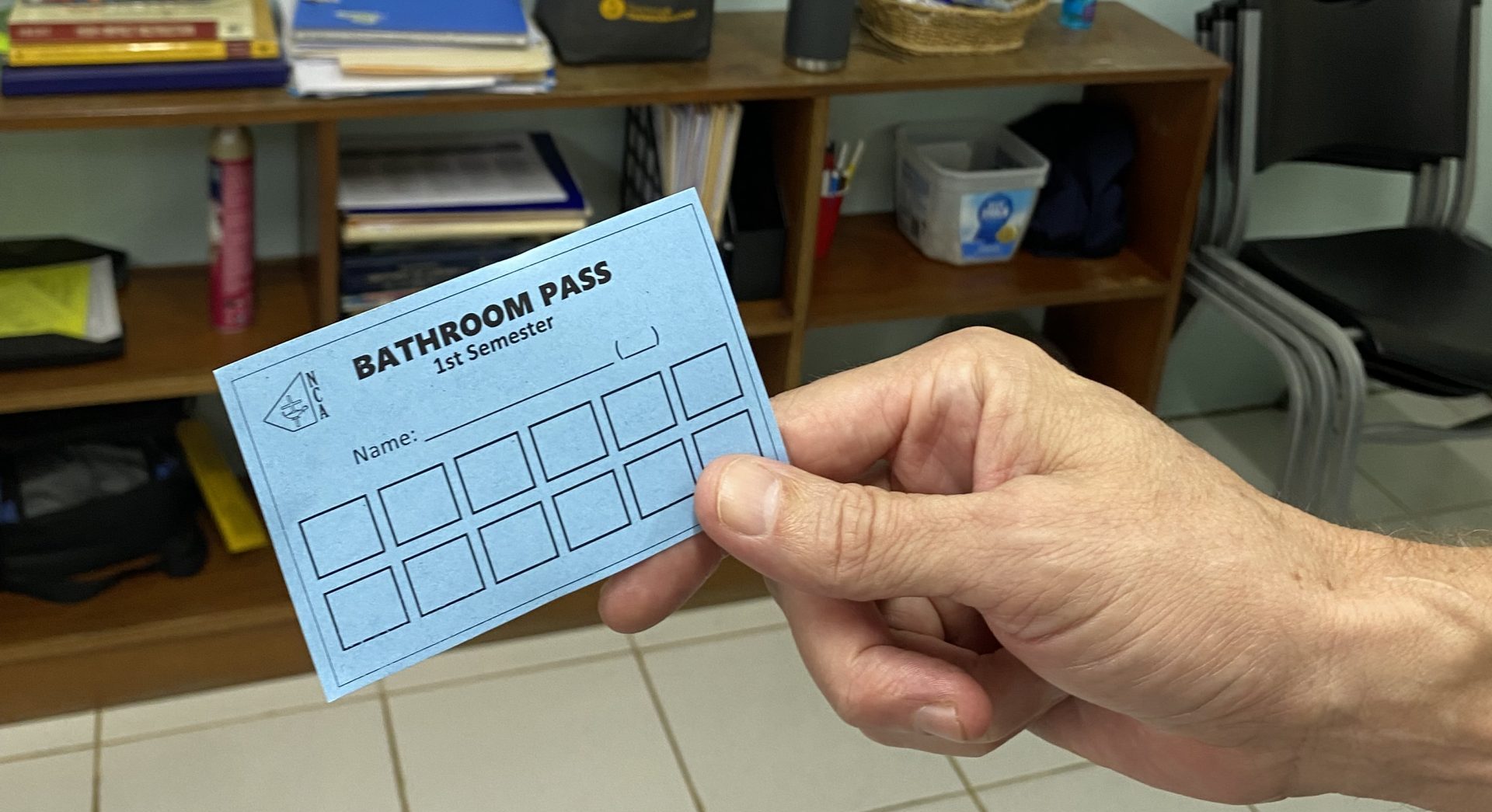Bathroom Policy at School Sparks Mixed Reactions Among Students and Staff.
Current Bathroom Policy and Its Intentions
The school’s bathroom policy aims to teach students responsible time management, comparable to how adults handle breaks in the workplace. Students receive a limited number of bathroom passes each semester, intended as a guideline rather than a strict limit. However, some students have misunderstood the policy, worrying that running out of passes would restrict future bathroom access.
According to the secondary principal, “Students are supposed to ask for a new pass once their old one runs out. The pass is only a measure to see how much you’re going to the bathroom, not a way to control you.” This statement clarifies that students should feel comfortable asking for more passes when needed, emphasizing that the policy is more about awareness than restriction.
Concerns Over Privacy, Health, and Misuse
Despite this reassurance, students have voiced concerns about potential privacy invasions, as the pass system indirectly tracks bathroom usage. Some worry that this could pressure them into limiting bathroom breaks, which has implications for health. For example, many students report holding in their needs to avoid asking for additional passes, which could lead to urinary tract infections.
Additionally, some students reportedly misuse bathroom passes as a break from class rather than for actual restroom needs, making it challenging for teachers to balance legitimate breaks with minimizing classroom disruptions.
Lack of Sanitary Supplies and Additional Needs
Female students raised the issue of sanitary pads often being unavailable in the women’s bathrooms, which adds stress, particularly for those with specific health needs. The administration has acknowledged this as a critical gap and plans to ensure that this essential provision is consistently available.
An Invitation to Engage
Seeking Student Feedback, the administration has invited input from the school community, encouraging students and staff to suggest solutions that would support everyone’s needs without compromising classroom learning. Students are encouraged to share any insights they have on improving the policy so it can evolve to foster a balanced, healthy, and supportive school environment.



